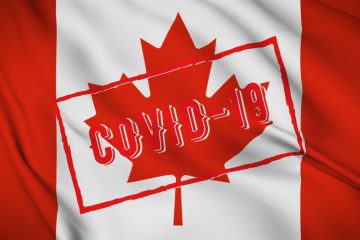Tax Savings for Industry
Class 43.1 and Class 43.2 and Canadian Renewable and Conservation Expenses
The Government of Canada makes clean energy projects, such as solar energy, wind energy and energy from waste, more fiscally attractive for industry by providing business income tax incentives.
Under Classes 43.1 and 43.2 in Schedule II of the Income Tax Regulations, certain capital costs of systems that produce energy by using renewable energy sources or fuels from waste, or conserve energy by using fuel more efficiently are eligible for accelerated capital cost allowance. Under Class 43.1, eligible equipment may be written-off at 30 percent per year on a declining balance basis. In general, equipment that is eligible for Class 43.1 but is acquired after February 22, 2005 and before year 2025 may be written-off at 50 percent per year on a declining balance basis under Class 43.2. Without these accelerated write-offs, many of these assets would be depreciated for income tax purposes at annual rates between 4 and 20 percent.
Please note that, as announced in the 2018 Fall Economic Statement, the Government proposes to provide an enhanced first-year allowance for property currently included in Class 43.1 or 43.2 if it is acquired after November 20, 2018 and becomes available for use before 2028. The enhanced allowance will initially provide a 100-per-cent deduction, with a phase-out for property that becomes available for use after 2023.
In addition to Class 43.1 or 43.2 accelerated capital cost allowance, the Income Tax Regulations allow certain expenses incurred during the development and start-up of renewable energy and energy conservation projects [Canadian renewable and conservation expenses (CRCE)] to be fully deducted in the year they are incurred, carried forward indefinitely and deducted in future years, or transferred to investors under a flow-through share agreement.
To qualify as CRCE, expenses must be incurred in respect of a project for which it is reasonable to expect at least 50 percent of the capital costs incurred for the project would be the capital costs of equipment described in Class 43.1 or 43.2.
Technical Information
Technical information on the equipment and expenses that can qualify for Class 43.1, Class 43.2 or CRCE is published by Natural Resources Canada in the Technical Guide to Class 43.1 and 43.2 and the Technical Guide to Canadian Renewable and Conservation Expenses (CRCE). If you are unable to access the technical guides or have questions concerning the changes to Class 43.1, 43.2 and CRCE, contact Natural Resources Canada at the following address:
Class 43.1/43.2 Secretariat
Policy and Planning Innovation and Energy Technology
Natural Resources Canada
580 Booth Street
Ottawa, Ontario, K1A 0E4
Tel: 343-292-6319
E-mail: nrcan.class43-1-categorie43-1.rncan@canada.ca
General Information
For general information on CRCE or Class 43.1 and 43.2, visit the Canada Revenue Agency website or contact:
Income Tax Rulings Directorate
Canada Revenue Agency
Place de Ville
112 Kent Street
12th Floor, Tower B
Ottawa, Ontario, K1A 0L5
Tel.: 416-973-3066
E-mail: itrulingsdirectorate@cra-arc.gc.ca
Class 43.1, Class 43.2 and CRCE News
Proposed Changes to Class 43.1 and Class 43.2 Announced in the 2018 Fall Economic Statement
As announced in the 2018 Fall Economic Statement, the Government proposes to provide an enhanced first-year allowance for property currently included in Class 43.1 or 43.2 if it is acquired after November 20, 2018 and becomes available for use before 2028. The enhanced allowance will initially provide a 100-per-cent deduction, with a phase-out for property that becomes available for use after 2023. Further information on this change may be found in Annex 3, which may be downloaded from the 2018 Fall Economic Statement website.


